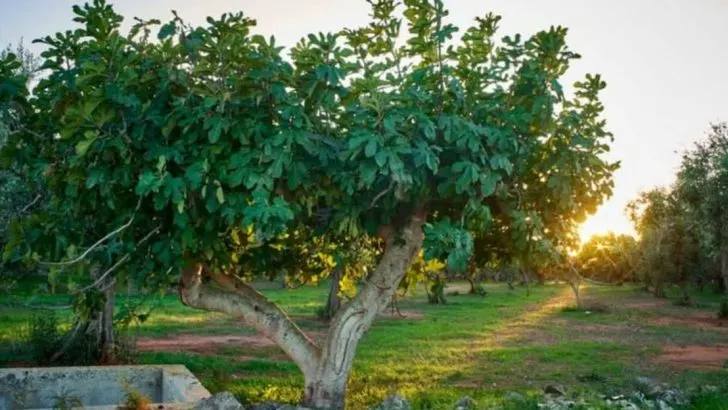Plant a fig tree without reading this first—and regret it for decades. Figs are drama queens. They look innocent at the nursery, all glossy leaves and ancient allure. But give them a spot they hate, and they’ll sulk, shrivel, or invade your plumbing. Sun? They want it. Space? They’ll take more than you planned. Frost? They’ll throw a fit. And don’t even think about skipping the root containment trick—unless you want a backyard takeover. These 12 tips are your pre-planting survival guide. They’ll save you from poor placement, overwatering, soil tantrums, and fruitless frustration. You’ll know when to plant, how to prune, and where to draw the line (literally). Before you dig that hole, read this. Your future fig harvest—and your sanity—will thank you.
Choose the Right Variety
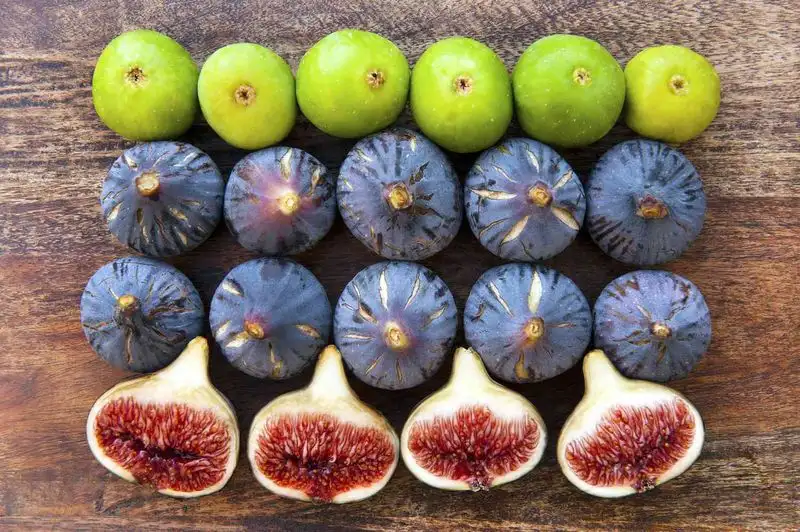
Selecting the right fig variety is crucial for success. With a plethora of types available, from Brown Turkey to Celeste, each offers unique characteristics and growth requirements. Consider your climate, as some varieties thrive in colder weather while others prefer warmth. Brown Turkey is often recommended for beginners due to its adaptability.
Researching local climates and understanding your yard’s conditions will guide you to the perfect choice. Remember, the right variety will yield the best fruit, ensuring a bountiful harvest season after season. This initial decision sets the foundation for a thriving fig tree.
Understand Sunlight Needs
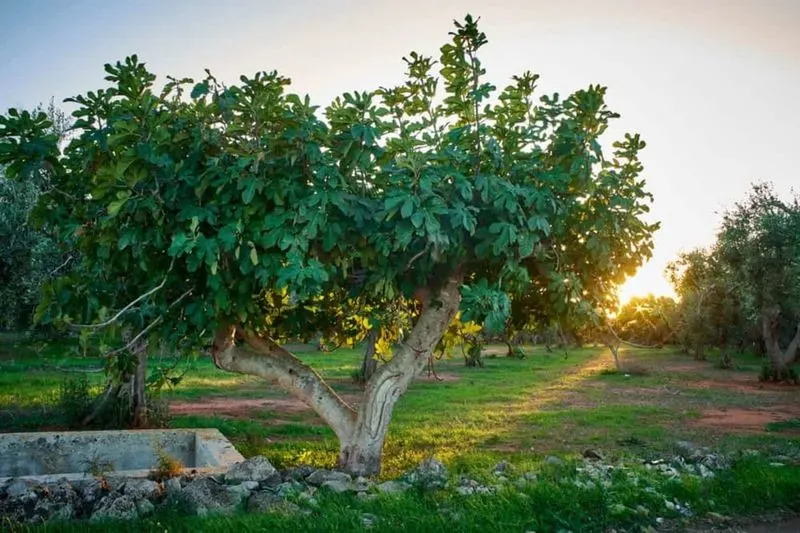
Fig trees adore sunlight and require plenty of it to flourish. Ideally, find a sunny spot in your yard where the tree can bask in at least six to eight hours of direct sunlight daily. This exposure encourages healthy growth and fruit production.
Shade can hinder development, causing fewer fruits and weaker branches. In regions with intense sun, consider providing some afternoon shade to prevent leaf burn. By understanding and catering to its sunlight needs, you’ll ensure a robust and fruitful fig tree that will grace your garden.
Optimal Soil Conditions
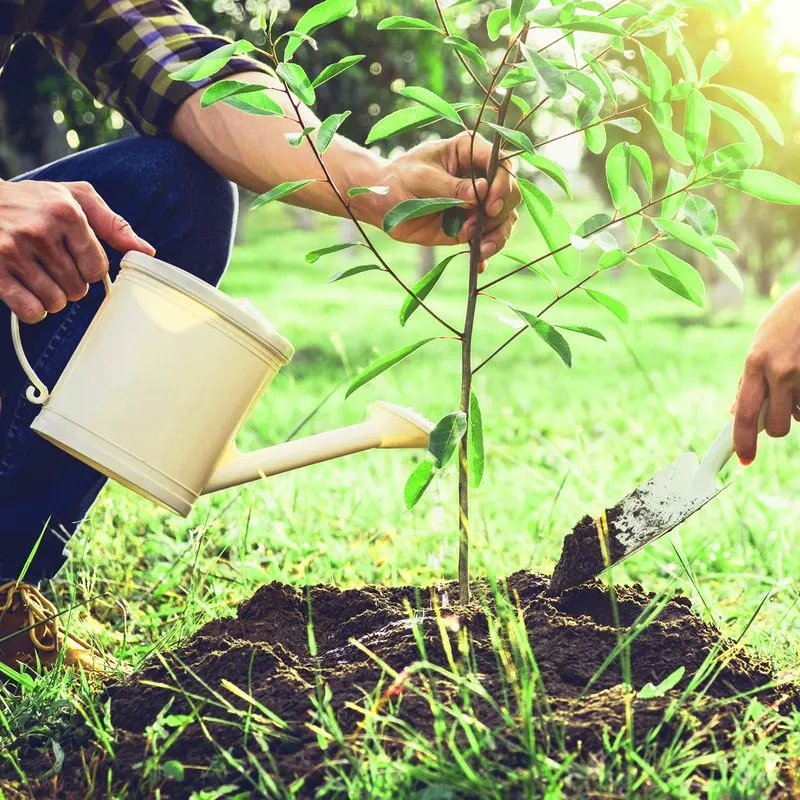
The soil is the foundation of any plant’s health, and fig trees are no exception. They flourish in well-drained soil with a slightly acidic to neutral pH. Consider mixing organic matter into the soil to enhance its nutrient content and improve drainage.
Avoid waterlogged areas, as excess moisture can lead to root rot. Testing your soil and amending it accordingly will set the stage for a thriving tree. Healthy soil fosters vigorous root systems, leading to a healthier, more productive fig tree. Ensuring optimal soil conditions is a step you can’t overlook.
Planting Time and Technique
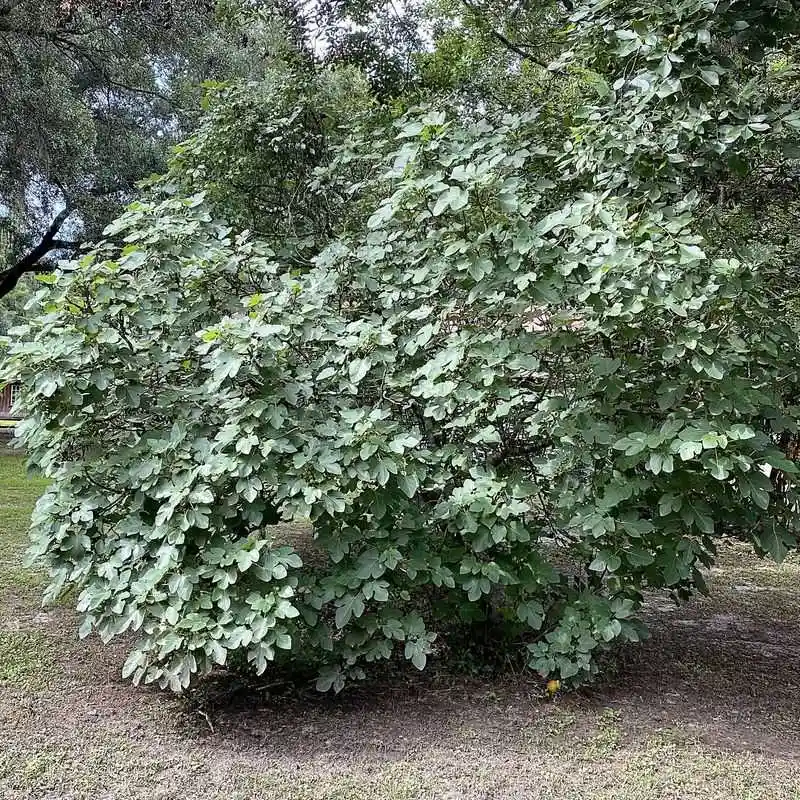
Timing is everything when it comes to planting fig trees. The best time is either early spring or late fall, depending on your local climate. These periods allow the tree to establish roots without the stress of extreme temperatures.
When planting, dig a hole twice the size of the root ball, ensuring roots have room to spread. Position the tree so that it sits at the same depth it was in its container. Proper planting techniques promote healthy growth and set your fig tree on the path to success.
Regular Watering Practices
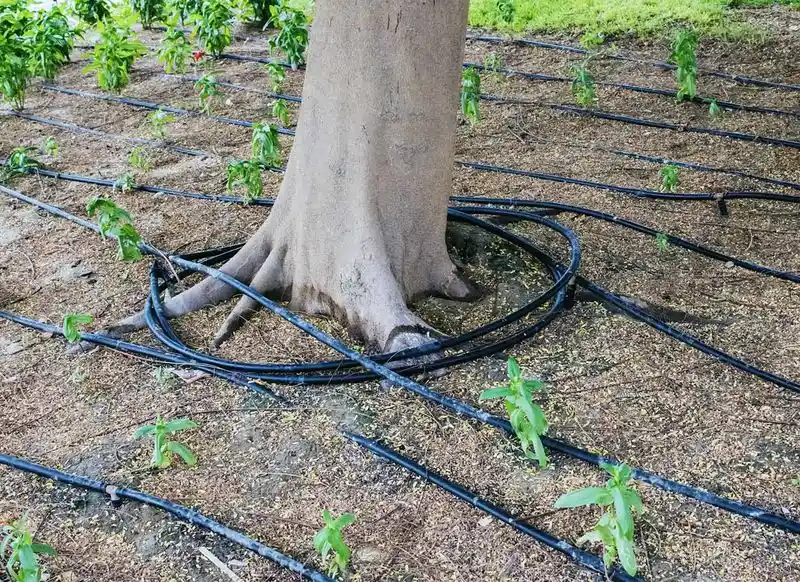
Watering is an art, especially for fig trees. While they are drought-tolerant once established, young trees need consistent moisture. Water deeply to encourage robust root growth, especially during dry spells.
However, be wary of overwatering, as it can lead to root rot. Striking the right balance is key—consider using a drip irrigation system for efficiency. Monitoring soil moisture and weather conditions will guide your watering schedule. By mastering watering practices, you’ll ensure a healthy, flourishing fig tree that’s ready to produce abundant fruit.
Proper Pruning Techniques
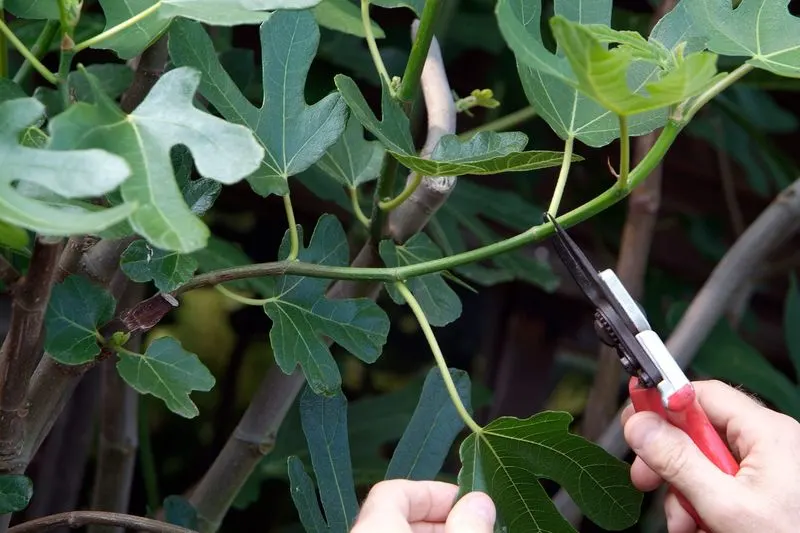
Pruning is essential for maintaining a healthy fig tree. It helps shape the tree, encouraging better air circulation and sunlight penetration. In early spring, before new growth starts, is the ideal time to prune.
Focus on removing dead branches and any that cross or crowd the center. This practice leads to a more open structure, enhancing fruit production. Clean cuts with sharp tools prevent disease and pest entry. Understanding and applying proper pruning techniques ensures your fig tree remains vibrant and productive for years.
Pest and Disease Management
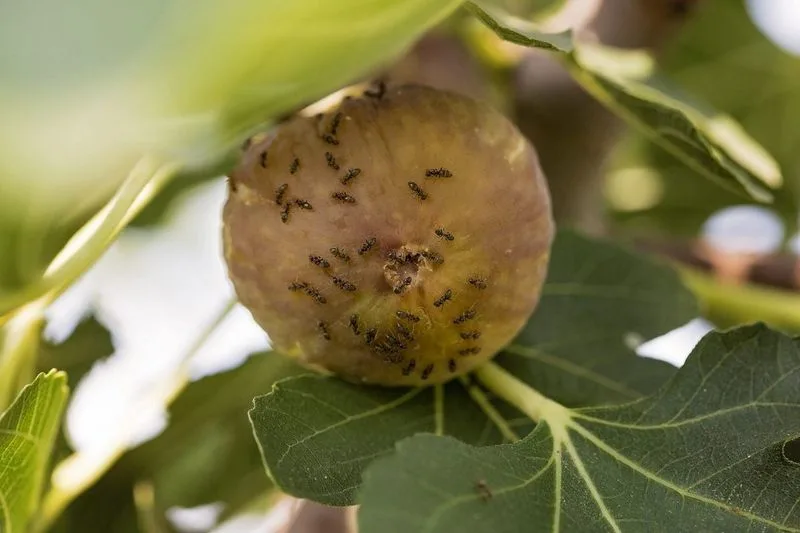
Vigilance is vital in managing pests and diseases in fig trees. Common issues include nematodes, aphids, and rust. Early detection and treatment are crucial to prevent severe damage.
Consider organic treatments like neem oil for pests and copper fungicides for fungal issues. Regularly inspect your tree for signs of infestation or disease. Natural predators, such as ladybugs, can also help manage pest populations. By staying proactive, you’ll protect your fig tree from potential threats, ensuring it remains healthy and productive.
Fertilization Strategy
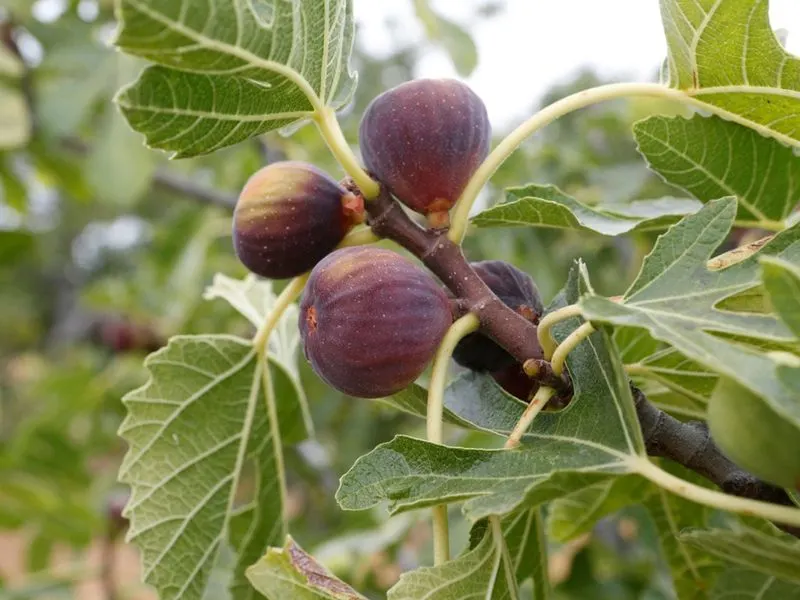
Fertilization supports your fig tree’s growth and fruit production. Use a balanced fertilizer, applied in early spring as new growth emerges. Over-fertilization can lead to excessive foliage and reduced fruit, so moderation is crucial.
Incorporate organic options like compost or well-rotted manure for a natural nutrient boost. Understanding your tree’s specific needs will guide your fertilization strategy. Regular soil tests can help determine any deficiencies. A thoughtful fertilization approach promotes a healthier, more productive fig tree, rewarding you with abundant fruit seasonally.
Mulching Benefits
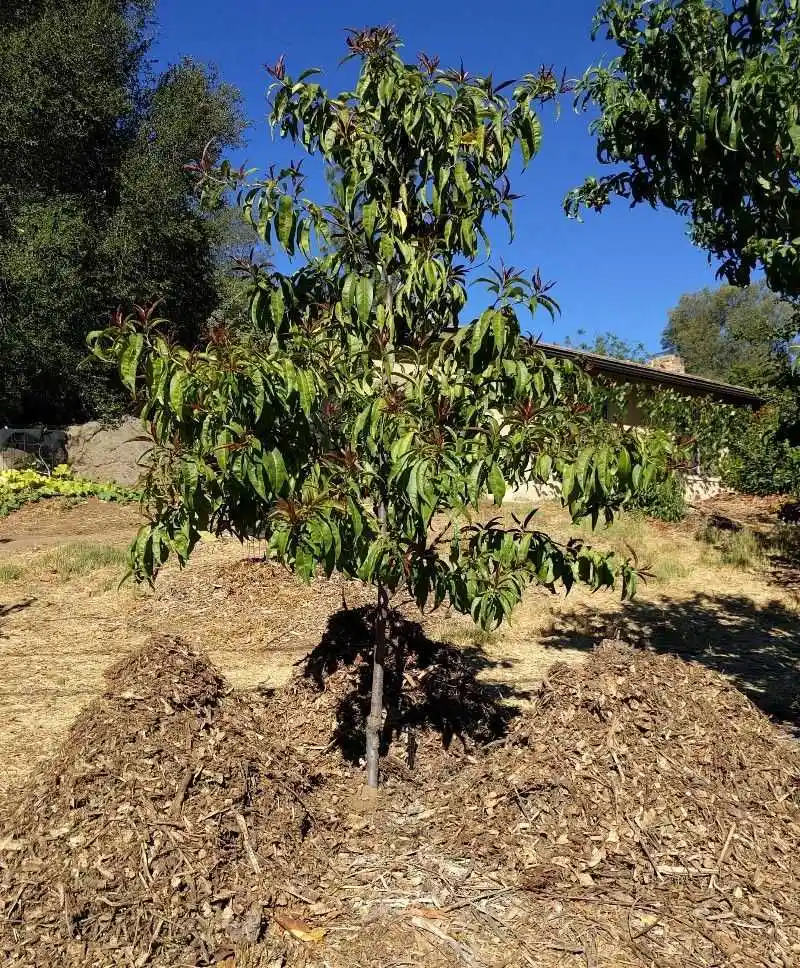
Mulching offers numerous benefits for fig trees, acting as a protective barrier and moisture retainer. Apply a layer of organic mulch, such as wood chips or straw, around the base of your tree.
This practice conserves soil moisture, suppresses weeds, and regulates soil temperature. Avoid piling mulch against the trunk to prevent rot. Mulching also contributes organic matter to the soil as it breaks down. By incorporating mulching into your fig tree care routine, you’ll enhance its growth environment, supporting a thriving, fruitful tree.
Space Considerations
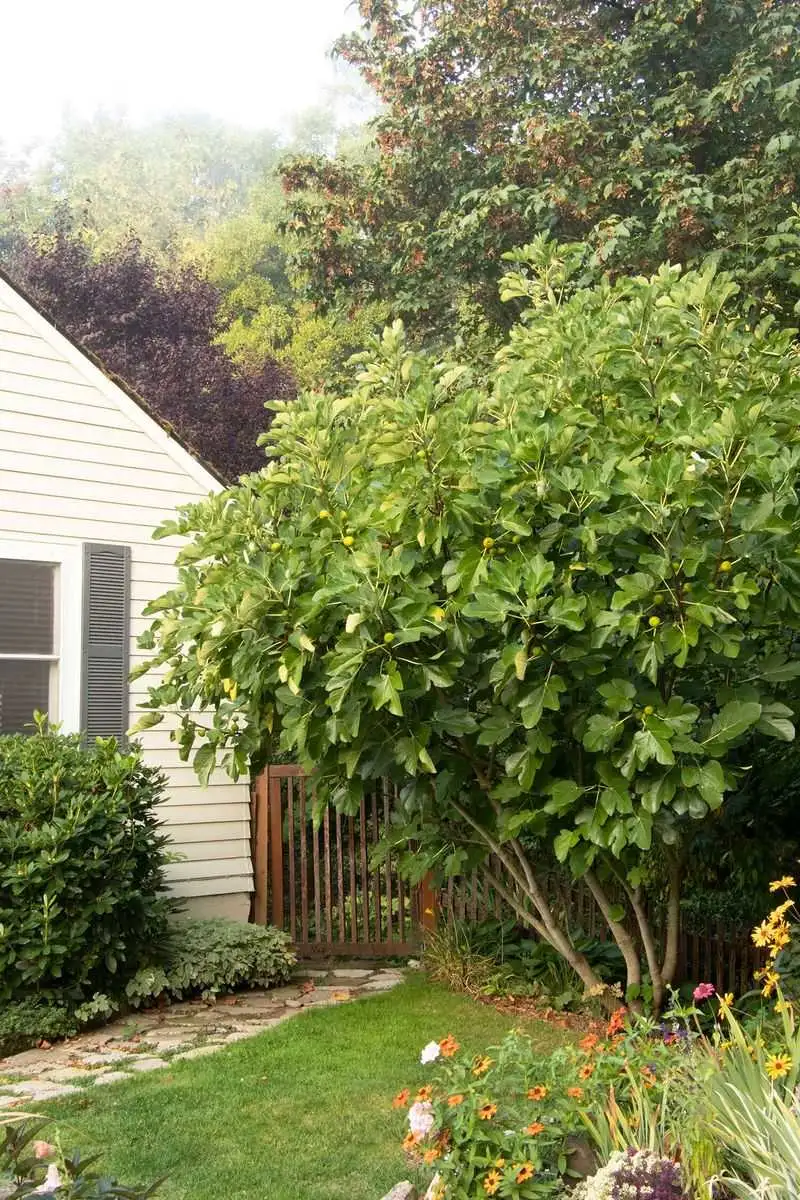
Space is a vital consideration when planting fig trees. They need room to spread their roots and branches, which can extend up to 10-15 feet. Plan your garden layout accordingly, providing enough distance between trees to prevent overcrowding.
Proper spacing ensures adequate air circulation and sunlight access, reducing disease risk. It also makes maintenance tasks like pruning and harvesting easier. By considering space from the start, you’ll create a conducive environment for your fig trees to thrive, leading to healthier and more productive growth.
Climate Adaptation
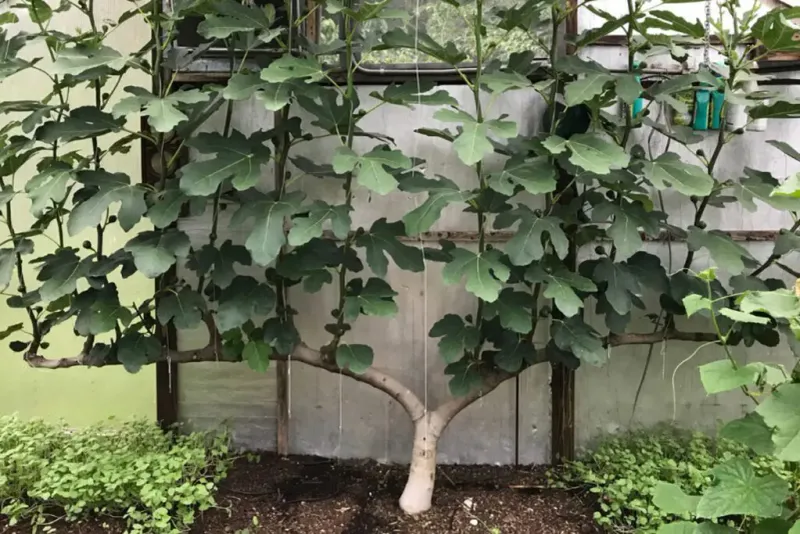
Climate plays a significant role in the success of your fig tree. Understanding your local climate helps in selecting a suitable variety and preparing for seasonal changes. Fig trees generally prefer warm, temperate climates but can adapt to cooler regions with proper care.
Consider protective measures like frost blankets for unexpected cold snaps. By aligning your planting and care practices with your climate, you’ll ensure your fig tree thrives, overcoming environmental challenges. Adapting to climate conditions is a key aspect of successful fig tree cultivation.
Harvesting Techniques
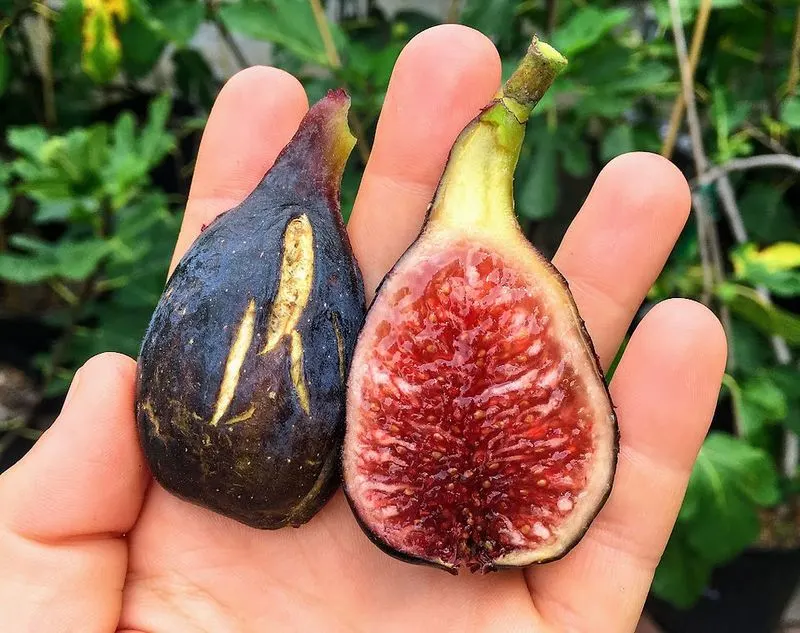
Harvest time is the reward for your hard work. Knowing when to pick the figs is crucial—they should be fully ripe and slightly soft to the touch. Ripe figs easily separate from the tree with a gentle tug.
Harvesting in the early morning preserves their freshness. Use a basket to collect your bounty, taking care not to bruise the delicate fruit. Enjoy your figs fresh or preserve them for later use. By mastering harvesting techniques, you’ll enjoy the fruits of your labor, literally, with delicious, homegrown figs.

